Makaton
What is Makaton?
Makaton is a language programme that uses signs and symbols to help people communicate.
Makaton signs are based on the gestures used in BSL (British Sign Language – the language of the Deaf community.) Unlike BSL, however, Makaton signs are always used with speech and in English grammatical word order. The signs, together with facial expression, natural gesture, mime and body movements, provide extra clues about what someone is saying. Using signs can help children, young people and adults who do not speak or whose speech is unclear and help take away the frustration that they feel if they are unable to communicate meaningfully or effectively. Some people drop the signs or symbols naturally at their own pace, as they develop speech, while others will use Makaton throughout their lives.
Makaton can help children/young people and adults to:
· communicate what they need, want, think or feel
· make themselves understood
· develop their attention, looking and listening skills
· develop their understanding of speech and promote their communication development
· develop their language and literacy skills
Makaton is extremely flexible as it can be personalised to an individual's needs and used at a level suitable for them.
Who uses Makaton?
Makaton is used by children, young people and adults who have learning or communication difficulties and the people around them, e.g., families, carers, friends, education staff and health professionals.
Increasingly, Makaton is being used in an inclusive way with all children. Lots of parents of typically-developing children and settings such as nurseries and mainstream schools use it with their children too. Makaton can help children who have EAL (English as an additional language) to develop their spoken English skills.
How to Use Makaton
Remember to always speak while signing – the signs are there to support speech, not replace it
Use short, clear sentences
Use the sign for the keyword(s) in a sentence. e.g. “would you a drink?” “painting is finished.”
Use facial expression and body language to add meaning
Give additional visual clues with objects, pictures, photos if necessary
Reward all attempts to communicate! If a child’s sign is not quite right, show them that you understand by responding appropriately then model the correct sign (as you would with speech.) Their signing will improve with time and practice.
Have fun!
Click on the image to go to the Makaton website

